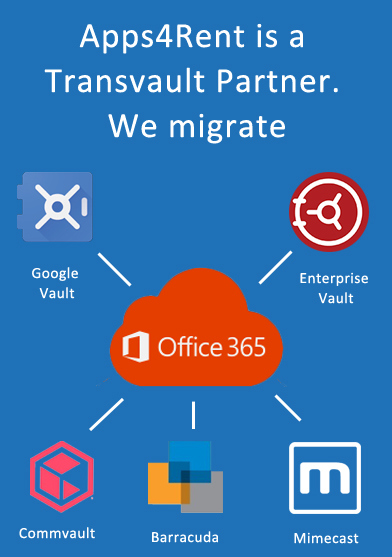How to Migrate Mimecast to Office 365?
Most modern workplaces use email solutions, office suite, and application for communication and collaboration. While many of these tools and applications have built-in security features, some businesses subscribe to additional cybersecurity services for archiving and business continuity to prevent data compromise.
Mimecast is a company that has developed security, archiving, and other solutions for simplifying email management. It works with both on-premises and cloud solutions. While many organizations are using Mimecast for email archiving, enterprises are increasingly becoming more comfortable with the advanced built-in capabilities of Office 365/ Microsoft 365. In this article, let us explore how to migrate from Mimecast to Office 365/ Microsoft 365.
What Are the Advantages of Migrating from Mimecast to Office 365/ Microsoft 365?
Although Mimecast solutions are designed to add protection to Office 365/ Microsoft 365, it might be superfluous for many businesses considering the rapid strides Microsoft has been making in terms of archiving and security capabilities. Here are some of the advantages of moving from Mimecast to strictly Microsoft 365/ Office 365.
- Avoid additional expenses without significant compromises on capabilities with the built-in capabilities in Office 365/ Microsoft 365.
- Take advantage of the built-in security features, such as Exchange Online Protection (EOP) anti-spam, and anti-phishing technology, that will not have to be blinded by Mimecast’s Mail Transfer Agent.
- Reduce the chances of failure of the Sender Policy Framework (SPF) as the protocol will be able to verify the sender’s IP address against their domain.
- Protect users from inside the cloud environment with Microsoft Defender for Office 365 (formerly Office 365 Advanced Threat Protection) in real-time.
How to Migrate from Mimecast to Office 365?
When you are migrating from Mimecast to Office 365/ Microsoft 365 mailboxes, you need to ensure that the mail flow is through Office 365 instead of Mimecast, and archived emails are moved from Mimecast to Office 365. Here is the summary of the steps involved in switching from Mimecast to Office 365.
- Identify users who and the email service they use with Mimecast. If your organization uses only Office 365/ Microsoft 365 with Mimecast, you can disable the send connector from the Microsoft 365 Administration Console when you are ready to go live.
- If you are archiving emails using Mimecast, you can export emails in the PST format from the Administration Console and take advantage of Microsoft Exchange Online Archiving available with Microsoft 365/ Office 365 plans.
- Move your blacklists/ whitelists and replicate custom rules from Mimecast in EOP/ Microsoft Defender.
- Configure the SPF records to allow Microsoft to send outbound emails.
- Change the mail exchanger (MX) record to point to Microsoft 365/ Office 365 servers before shutting off Mimecast.
Apps4Rent Can Help with Mimecast to Office 365 Migration
Microsoft has developed some of the most comprehensive solutions for information protection that integrate well with each other and can be conveniently managed. Mimecast to Microsoft 365 migration is particularly ideal when organizations find it complex and expensive to manage the integration in their environment. As a Tier 1 Microsoft CSP, Apps4Rent can help you migrate email records and journals from Mimecast to Microsoft 365/ Office 365, and configure Microsoft Defender (Advanced Threat Protection) and Exchange Online Protection (EOP) along with other features for optimizing performance and security stance as per your business requirements. We are available 24/7 via phone, chat, and email for Microsoft 365/ Office 365 migration assistance.

Get RISK-FREE migration to
Office 365

